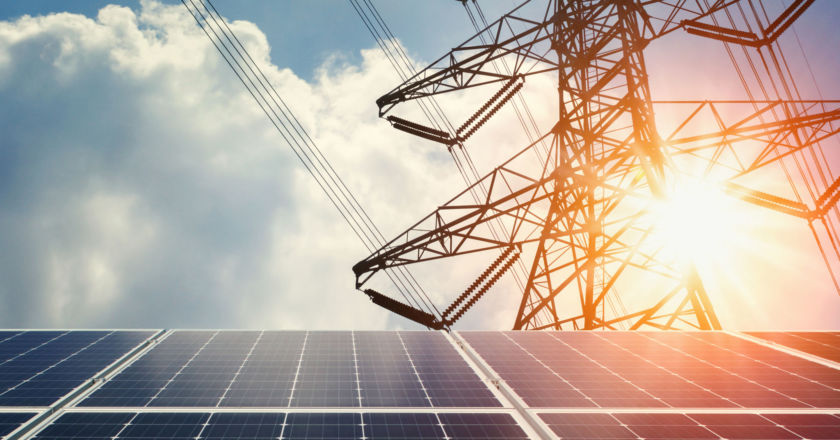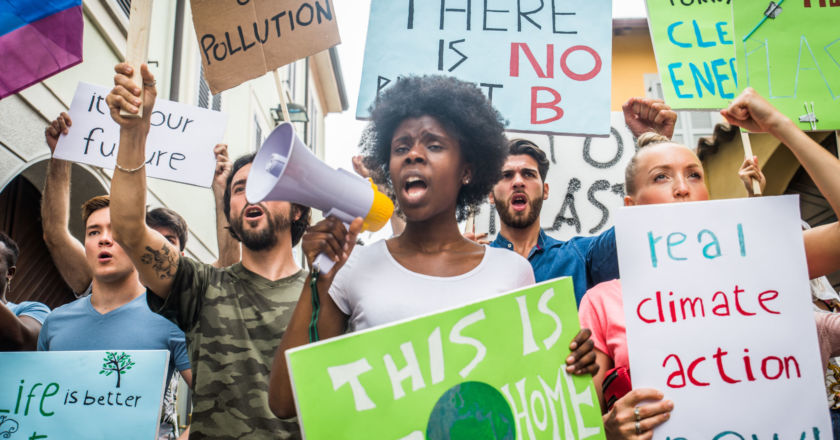EVs & Cold Weather Performance
While subfreezing temperatures affect how far any vehicle can travel, many EVs have unique capabilities that can help drivers cope with chilly temperatures.
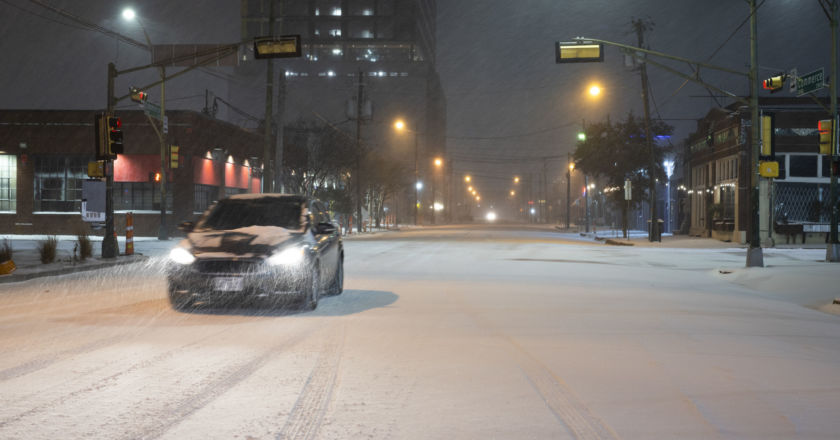
While subfreezing temperatures affect how far any vehicle can travel, many EVs have unique capabilities that can help drivers cope with chilly temperatures.

The Carrizo Comecrudo Tribe travels throughout Texas, monitoring pipelines, disposal wells, ongoing border wall construction, and fracking/flaring violations.

NCA4, Part Two: Impacts, Risks and Adaptation How Climate Change is harming humanity, shaping societies and endangering environments The Trump Administration’s recently published 4th National Climate Assessment Volume II, on climate impacts, risks and adaptation covers 19 national topics and …

Even as renewables provide increased diversity and reliability, there are some uncommon challenges associated with integrating them onto the grid.
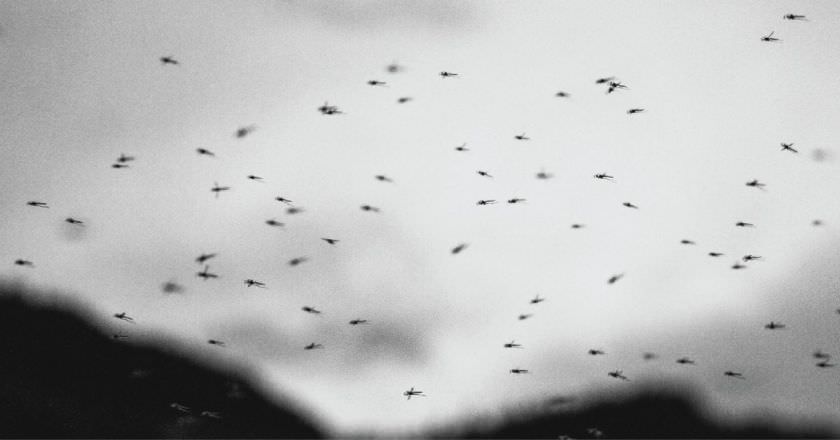
Climate change creates new uncertainties about the spread of diseases such as the Zika virus, dengue fever, malaria, and Lyme disease. These illnesses are transmitted by insects known as vectors, including mosquitoes, ticks, and flies.
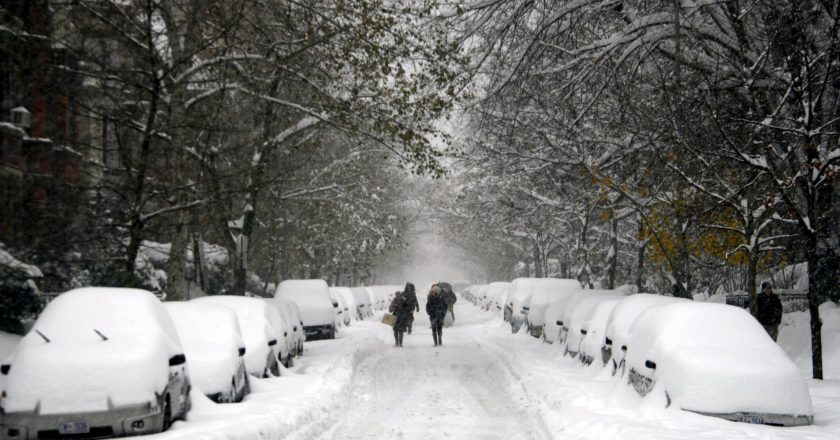
Six years after the Snowmageddon of 2010 buried the Washington DC area in up to 30 inches of snow, another major winter storm is poised to unload upwards of 30 inches of snow in the US capital, while threatening the Atlantic seaboard with hurricane-level storm surge.
Climate change is fueling the destructive power of this storm. Global warming increases ocean heat content, which increases the energy and moisture available to storms. It also increases the heat in the atmosphere, allowing the air to hold and dump more precipitation, and it causes sea level rise, which allows storm surge to ride on higher seas.

On March 19, 2015, the National Snow and Ice Data Center (NSIDC) announced that the maximum extent of Arctic sea ice cover this winter was the lowest ever recorded: 5.61 million square miles (14.54 million square kilometers) on February 25.
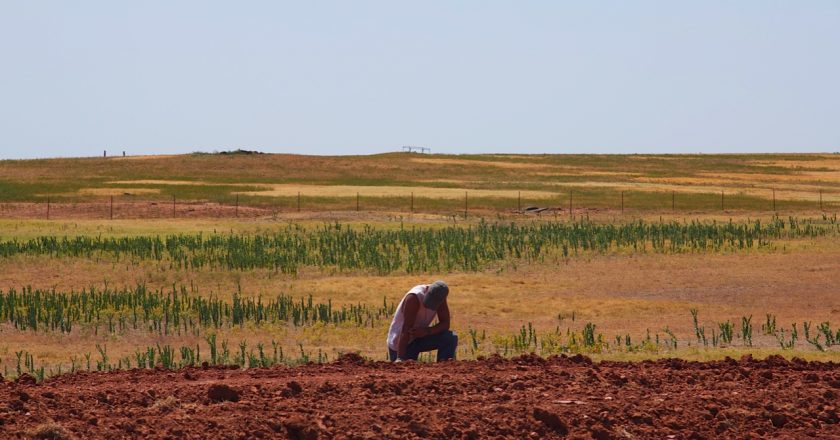
Persistent extreme weather linked to climate change has triggered more and more natural catastrophes since 2000, according to insurance giant Munich Re, from extreme wintertime blizzards and springtime floods to prolonged drought and severe summer heat, with costs rising to billions of dollars.
While global temperatures are shaping up to make 2014 the hottest year on record, the U.S. has endured over a week of unseasonably wintry conditions due to atmospheric blocking – a large scale pressure pattern with little or no movement – that has led to a sustained outbreak of record cold mid-November Arctic air.
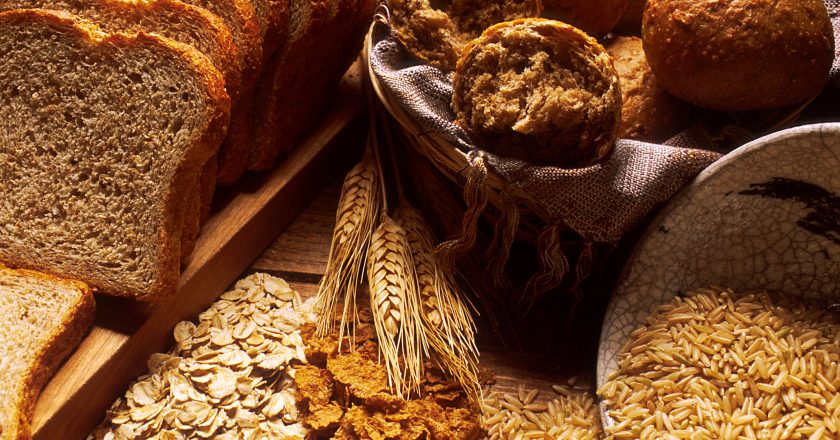
Rising food prices are dependent on many factors, including population, income, and availability of supply. This last factor is particularly affected by climate change. Climate disruption is already affecting prices for food and crops through impacts including changes in growing seasons, increasing extreme weather, rising sea levels, pest movement, and warming oceans

U.S. temperature extremes in 2014 have been exceptional—with record heat in the West and cooler than average temperatures in the East—and many scientists think climate change may be contributing. Temperature extremes occur when regions experience temperatures at the top or bottom 10% of the historical range of recorded values.
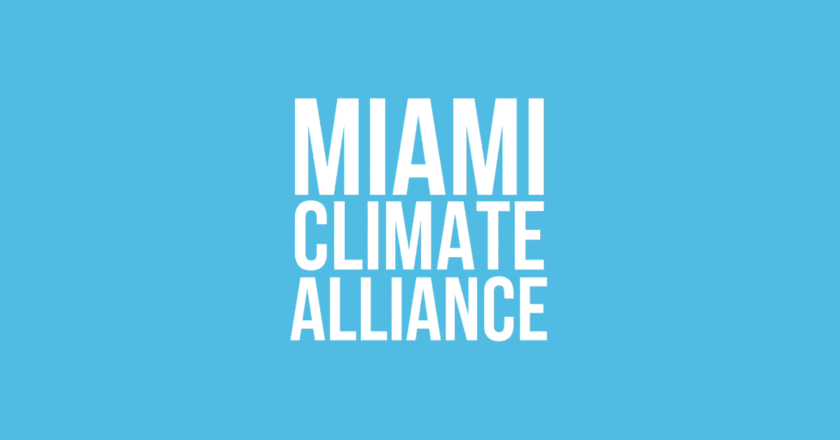
The Miami Climate Alliance works across three areas: climate and health, energy justice, and advancing The Gulf South for a Green New Deal.

If you’ve been paying attention to news headlines over the last 24-48 hours, you probably came across news articles like this one from CCN stating “No place in the US is safe from the climate crisis, but a new report …
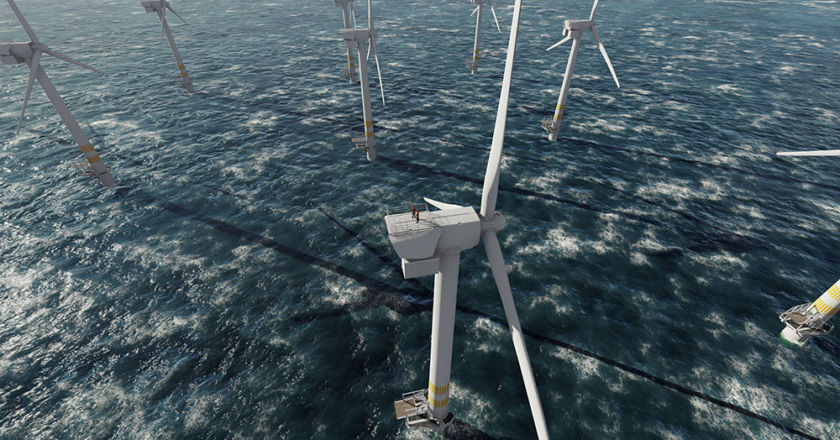
Despite the short-term concerns, the offshore wind sector is well positioned to weather the challenges and come out delivering affordable, reliable energy along with myriad climate, health, and economic benefits as the U.S. industry matures.

